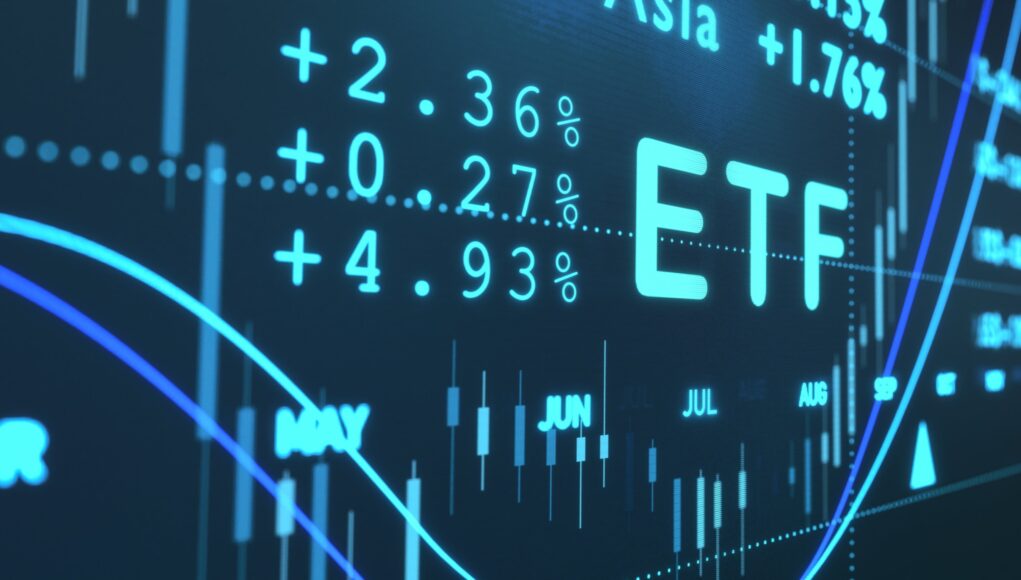M&G is well-positioned
The primary appeal of active ETFs is the potential for enhanced returns compared to passive investments. Skilled fund managers can identify opportunities that passive strategies may miss, leading to higher gains. This potential for outperformance is particularly attractive in volatile markets. However, it’s essential to remember that past performance is not indicative of future results.
Flexibility and Adaptability
Active ETFs offer greater flexibility and adaptability than passive ETFs. Fund managers can adjust the portfolio’s holdings in response to changing market conditions, mitigating risks and capitalizing on new opportunities. This agility can be particularly valuable during economic downturns or periods of uncertainty. Active management allows for a more proactive approach to investment.
Higher Expense Ratios
Active ETFs generally have higher expense ratios than passive ETFs due to the cost of active management. These fees can significantly impact an investor’s overall returns, especially over the long term. Investors should carefully weigh the potential benefits of active management against the higher costs. It’s crucial to compare expense ratios across different active ETFs before making a decision.
Potential for Underperformance
There is no guarantee that active ETFs will outperform their benchmark index. In fact, many active managers struggle to consistently beat the market over the long term. Market conditions and investment strategies can change frequently. Investors should be prepared for the possibility of underperformance and carefully monitor the fund’s progress.
For more information, the European Securities and Markets Authority (ESMA) provides regulatory oversight and investor protection related to ETFs in Europe.





